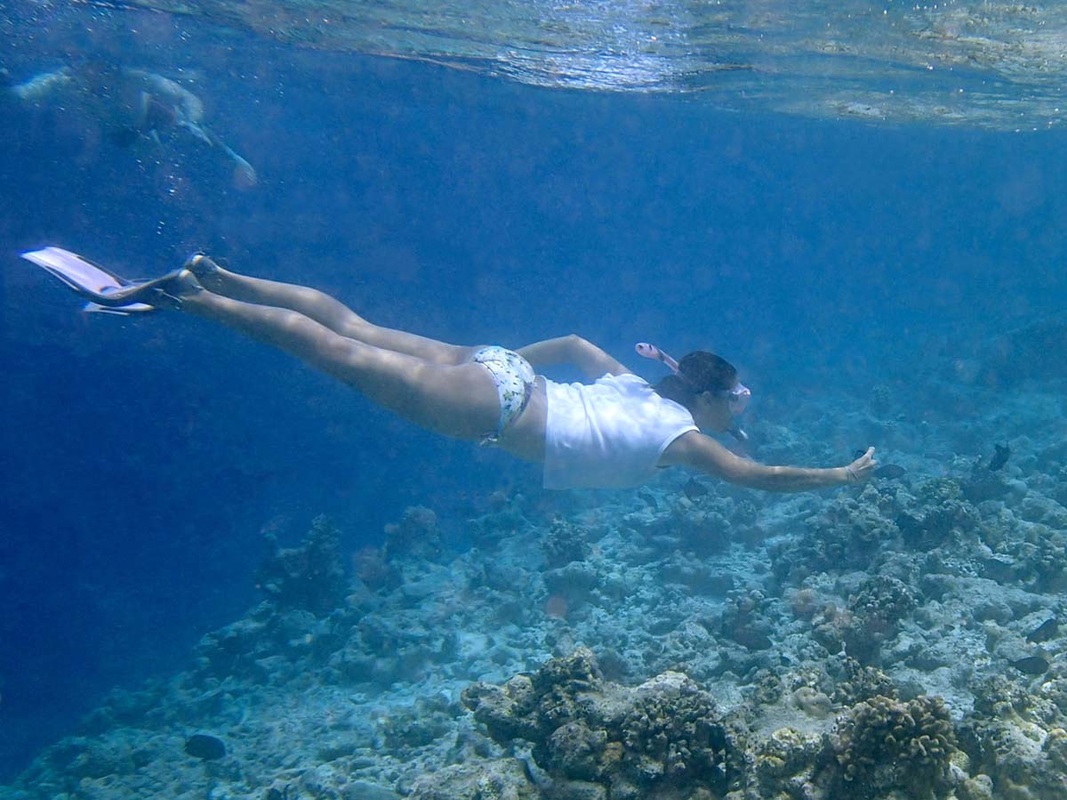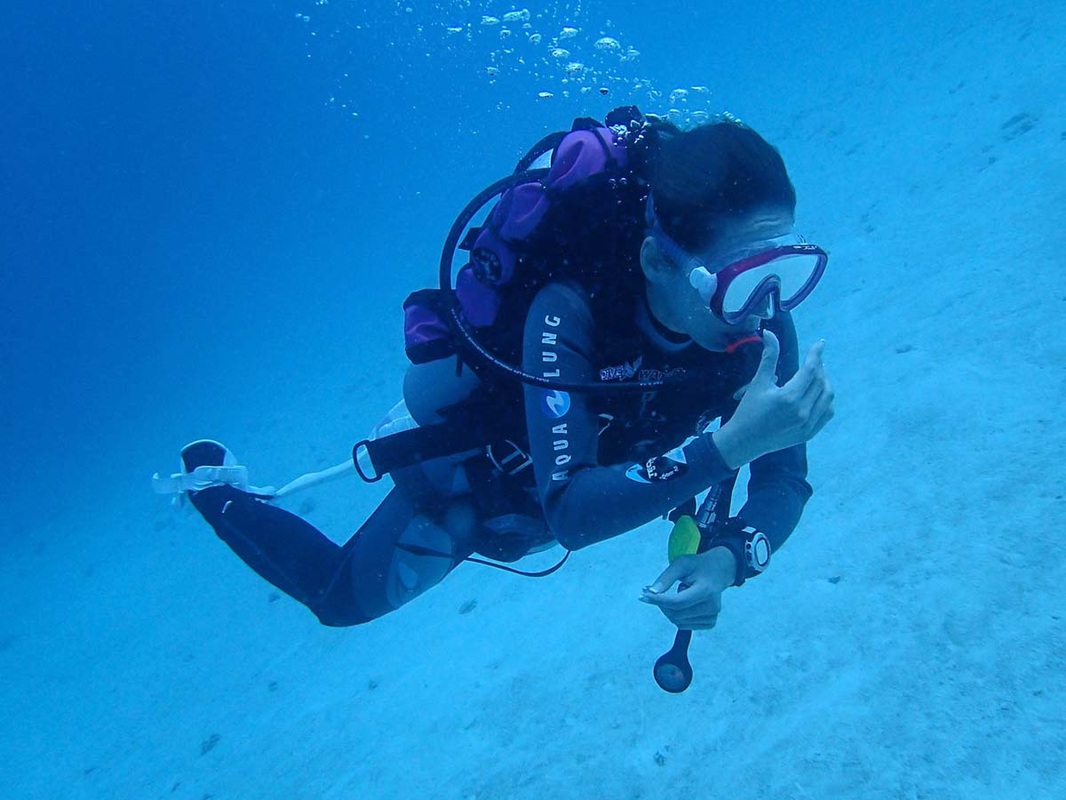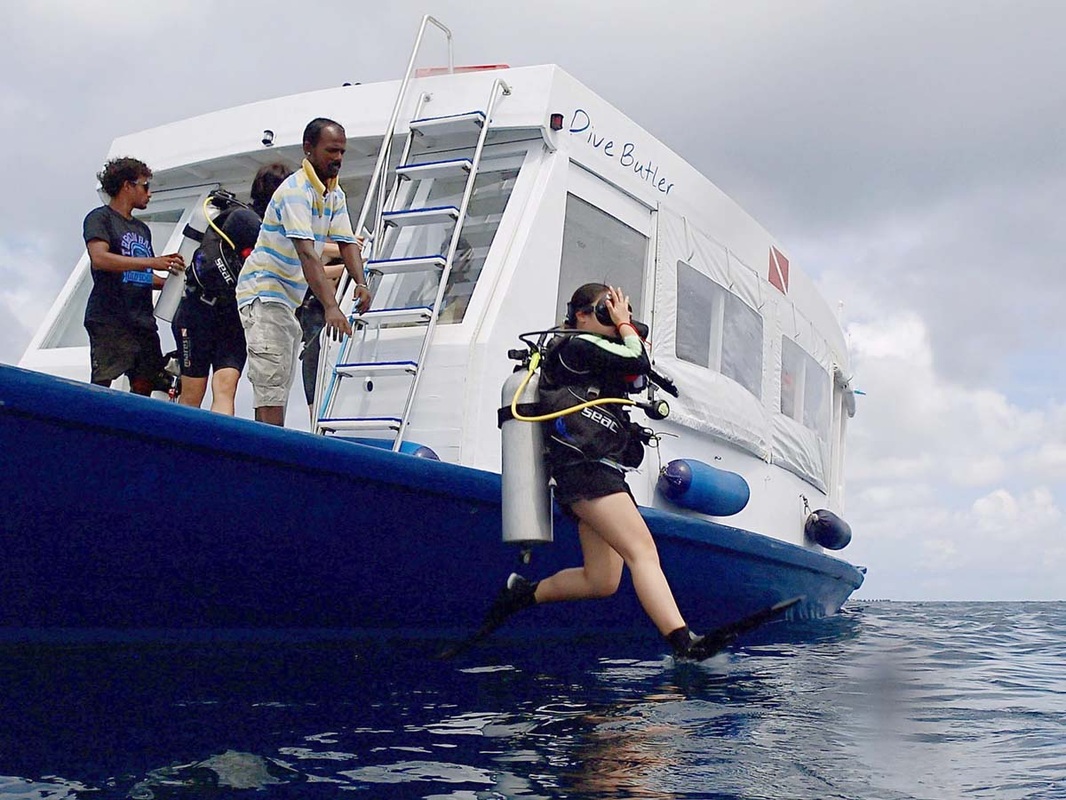Equipment
|
Snorkeling and skin diving requires the following equipment:
Before you buy your equipment, check reviews on internet and take your time in the shop to be sure that it really fits you. A complete set of dive gear is quite expensive, so unless you are going to dive a lot, you can rent it at the dive center. My recommendation is that you at least have your own mask, snorkel and fins. |



